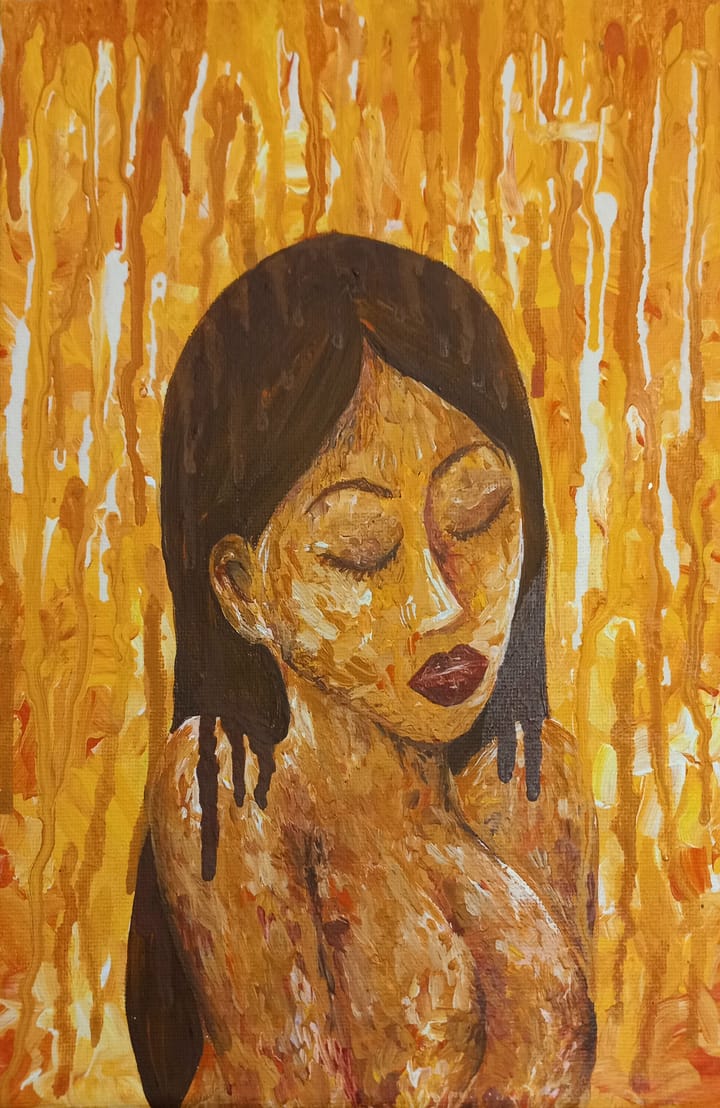Function gives way to form in Verbinsky's 'Ring'
This second viewing was a fruitful one. A renewed sense of clarity coursing through my veins, I felt ready as I shuffled through the ice to my car. So now, I’m going to tell you a little something about Gore Verbinsky’s “The Ring.”
Introduced to the viewing public in an ad campaign vague and stylized enough to be a BMW commercial, “The Ring” caught my eye from the beginning. A remake of an apparently terrifying 1998 Japanese flick, “The Ring” seemed like it was going to be pleasantly different from the mediocre cheap scares and teen Hollywood ejaculate that has been hitting theaters this season (“Ghost Ship” or “Abandon,” anyone?). While Verbinsky’s film doesn’t fail to deliver, my overall impression is a bit more complicated than that.
The film’s exposition is one of its most intelligent points-Verbinsky has taken an arguably self-conscious step to create the tone of a ‘spoof’ (a la Craven in “Scream”). Two girls, predictably dressed in Catholic schoolgirl uniforms, are sprawled out on a quilted bed in a room adorned with stuffed animals and magazines-the hallmark of a well-adjusted teen. Their get-together is soon disturbed by a conversation regarding “you know, this tape that, like, kills people.” It turns out that one of them has seen this tape, and, it being the last of seven days to live given to them by a mysterious voice on the phone, we assume that only minutes remain before they bite the big one. After a couple cheap pranks pulled by Verbinsky (ringing phones, faux-choking, etc.), the film takes a turn into the expected, though no less disturbing, as Katie (Amber Tamblyn) lets loose a yelp worthy of Jamie Lee Curtis and meets her death in front of a haunting television image that springs from the piercing noise of static.
Enter Rachel (Naomi Watts of “Mulholland Drive” fame), voracious journalist and neglectful bitch extraordinaire. As she bursts into a meeting with her son Aidan’s (David Dorfman) elementary school teacher, we find out that the late Katie was her niece and that her son has been drawing freaky pictures which turn out to be premonitions of his cousin’s death. The plot thickens when Rachel’s sister implores her to look into the cause of Katie’s death. What ensues is a frenetic dash for information that becomes even more hurried when Rachel herself views the tape and strange things start to happen-things strange enough to convince her that she actually only has seven days left to live. Dragged into the mix with our veritable Nancy Drew is her colleague Noah (Martin Henderson), a skeptical video-geek who isn’t fazed by his screening of the film. As time subsequently ticks by in subtitles and stunning sunrise/sunset sequences, we’re left to watch the mystery unfold.
Thus begins the conundrum of definitively determining what’s good and bad about “The Ring.” It isn’t “scary” in a traditional sense. I’d liken it to the last five minutes of “The Blair Witch Project” or a Nine Inch Nails video before I’d begin to make comparisons to the norm of the horror genre. It’s disturbing, and that works. The video featured within the film is effective and not for the squeamish. Wrapped in black, white and gauzy blue/green, it is a piece of cinematography as picturesque as it is horrifying. It takes us into the darkest corners of the psyche of three mysterious characters whom we view in obscurity until Rachel and Noah’s discoveries reveal more about their lives and their ever-compounding connection to the videotape. My one complaint about the use of the videotape itself is the film’s constant reference to it-in this way, the audience is treated inconsistently. To offer irony and satire throughout and then to constantly give us cues and remind us of the videotape (we will see an image in ‘real time,’ and then seconds later the parallel image from the videotape is spliced in with the film) goes from delicate to heavy-handed in a heartbeat and is rather disappointing.
The highest points of the film aren’t the tongue-in-cheek ploys or its ability to disturb. Those things, though entertaining and thought-provoking, are inconsistent at best. The film’s crowning glory is its cinematography. Every shot is beautiful and sophisticated. The colors and the saturation are perfect-I was routinely distracted from the images by how they were photographed. It was as though I had bumped into what it would look like if David Lynch were suddenly into directing BMW commercials. Everything was just off enough, just weird enough and beautiful enough-not necessarily ameliorating, but in my opinion helping me to be less harsh about any shortcomings that may have occurred as a result of the questionable acting and the sometimes weak storyline and script.
In the end, the film is about images, about being heard. What “The Ring” presents to us are ultimately beautiful images-and though the faint of heart may be likely to look away, they won’t necessarily shut out what the screen is saying.





Comments ()